Make Kitchen Compost At Home? In our journey towards a more sustainable lifestyle, reducing waste and giving back to the earth is paramount. Kitchen compost offers a simple yet profound way to transform everyday kitchen scraps into nutrient-rich compost, a boon for any garden. This guide aims to demystify the composting process, making it accessible and enjoyable for everyone. Whether you’re a seasoned gardener or a green living enthusiast looking to reduce your carbon footprint, kitchen composting is a step in the right direction.
Benefits of kitchen waste compost
Reduces Household Waste: Kitchen composting significantly cuts down on the amount of waste a household sends to the landfill. By composting organic material, you can reduce your household waste by up to 30%, minimizing your environmental footprint and contributing to a more sustainable planet.
Lowers Greenhouse Gas Emissions: When organic waste decomposes in landfills, it does so anaerobically (without oxygen), producing methane—a greenhouse gas far more potent than carbon dioxide. Composting at home is an aerobic process, vastly reducing the emission of methane and thus lessening the impact of climate change.
Creates Nutrient-Rich Soil: Compost provides a rich array of essential nutrients for plants, including nitrogen, phosphorus, and potassium. These nutrients are slowly released, ensuring a long-term supply that helps plants grow strong and healthy, enhancing the biodiversity of your garden without the need for chemical fertilizers.
Improves Soil Structure: Adding compost to your garden helps improve soil structure, making it more friable and better at retaining moisture. This not only aids in plant growth but also reduces soil erosion and runoff, protecting local waterways from pollution.
Encourages Beneficial Microorganisms: The composting process encourages the proliferation of beneficial microorganisms that break down organic material into humus. This rich, organic component supports plant growth and health, promoting a more vibrant and resilient garden ecosystem.
Reduces the Need for Chemical Fertilizers: By providing a natural source of nutrients for your garden, compost reduces the need for chemical fertilizers. These synthetic alternatives can be harmful to the environment and wildlife, contaminating water sources and disrupting ecosystems. Compost offers a safe and sustainable alternative.
Saves Money: Composting at home can lead to significant savings. By producing your own compost, you reduce the need to purchase commercial soil amendments and fertilizers. Additionally, with the potential reduction in waste disposal costs, the financial benefits of composting add up over time.
Educational Value: Engaging in composting can be an educational experience for people of all ages. It offers hands-on learning about the cycle of life, the importance of sustainability, and the impact of our daily choices on the environment. For children especially, it fosters a connection to nature and a sense of responsibility towards the planet.
Promotes a Sustainable Lifestyle: Kitchen composting is a step towards a more sustainable lifestyle, demonstrating that even small actions can have a positive impact on the environment. It encourages individuals to be more mindful of their waste and consumption habits, fostering a culture of sustainability.
Contributes to Local Food Production: For those who garden, composting supports local food production by improving the health and productivity of home vegetable gardens. This not only reduces the carbon footprint associated with transporting food but also provides you and your family with fresh, organic produce, enhancing your diet and connection to your food sources. Click here to buy Vermicompost.
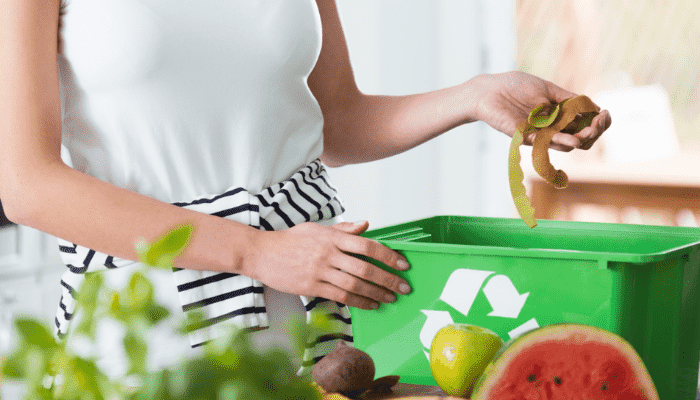
How to make kitchen waste compost at home
1. Choose the Right compost bin for kitchen waste
Selecting the appropriate compost bin is crucial to your composting success. Consider the size of your household, the amount of organic waste you produce, and the space available. For small spaces or apartments, a compact, odor-controlling indoor bin might be best. Outdoor bins can range from simple enclosed piles to sophisticated tumblers. Tumblers are especially beneficial as they make aerating your compost as easy as turning a handle, which can speed up the composting process.
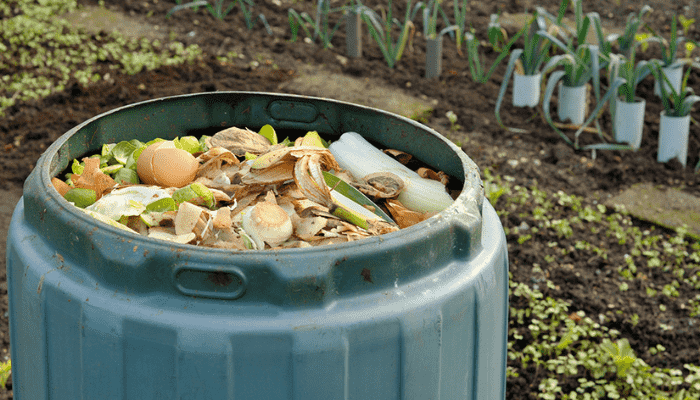
2. Find the Perfect Location
If you’re composting outdoors, choose a location that’s convenient but also suitable for the compost. It should be easily accessible year-round, in partial shade to maintain temperature without drying out too quickly, and on soil to allow worms and other beneficial organisms to enter. Indoor composters should place their bin where it’s convenient to add scraps, but out of the way enough to not be intrusive, like under the kitchen sink.
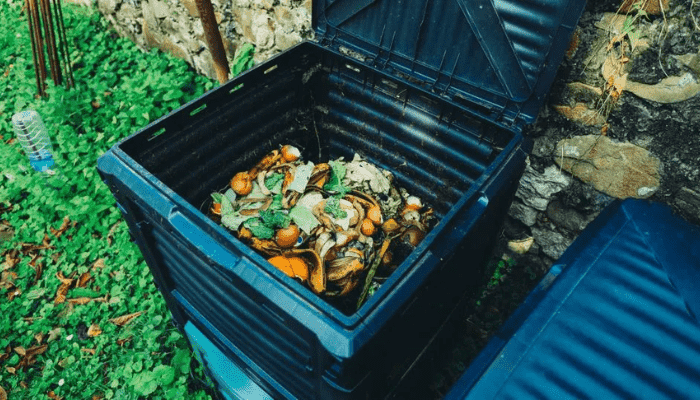
3. Balance Greens and Browns
Understanding the balance between ‘greens’ (nitrogen-rich materials like vegetable scraps, coffee grounds, and grass clippings) and ‘browns’ (carbon-rich materials like leaves, straw, and shredded paper) is vital. A general guideline is to aim for a 3:1 ratio of browns to greens. This balance helps maintain the right moisture level and encourages efficient composting by providing food for the microorganisms that break down the waste.
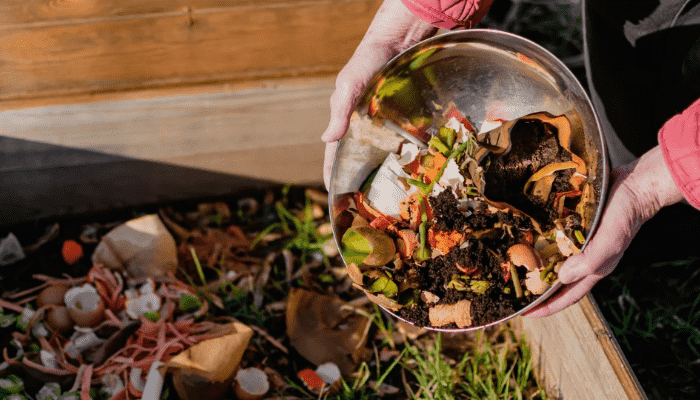
4. Starting your own compost Pile or Bin
Begin with a layer of browns at the bottom to allow for aeration and drainage. Then, add a layer of greens, and sprinkle with a little water to moisten. Avoid adding meat, dairy, or oily foods, as these can attract pests and produce odors. Continue to add layers of greens and browns, maintaining the balance and keeping the pile moist but not wet.

5. Cut or Shred Larger Items
Larger items take longer to break down, so it’s beneficial to cut or shred your organic materials before adding them to the compost. This leads to an increase in the surface area for microorganisms to compost, hastening up the process. However, larger pieces can also be useful for maintaining aeration in the pile, so balance is key.
Aim for your compost pile to have the moisture level of a lightly squeezed sponge. If it’s too dry, the composting process slows down; if it’s too wet, it can become anaerobic and smelly. Add water to dry compost or dry browns to overly wet compost as needed. The moisture level may need to be adjusted depending on weather conditions, especially during very wet or dry periods.

7. Turn your compost regularly
Aerating the compost pile is essential for speeding up the composting process and avoiding odors. Turning the compost every two to four weeks introduces oxygen, which is necessary for aerobic decomposition. A garden fork or a compost aerator can be used for this. If you have a tumbler, simply turn it according to the manufacturer’s recommendations.
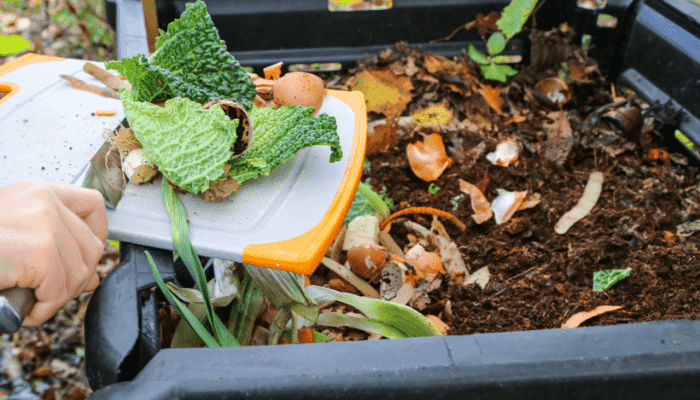
8. How to check compost temperature
A healthy compost pile will generate heat, with temperatures in the center reaching between 130°F to 160°F (55°C to 71°C). This heat is a sign that the microbial activity is high and the composting process is working efficiently. If your pile isn’t heating up, it may need more greens, moisture, or turning.
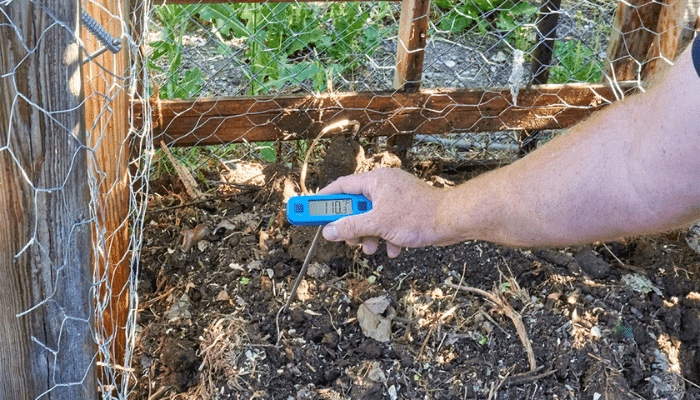
9. How to know when the compost is ready
You know it is the time to compost when it’s dark, crumbly, and has an earthy smell. It generally takes between three to six months to fully mature, depending on the conditions. If there are still recognizable food scraps or the compost is slimy or smells bad, it needs more time or adjustments to the balance of greens and browns, moisture, or aeration.
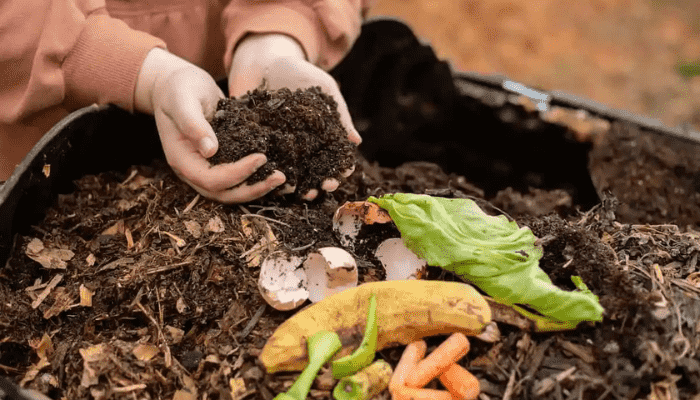
10. How to use your compost
Finished compost can be used in a variety of ways in your garden. Mix it into soil to enrich flower beds and vegetable gardens, use it as mulch around trees and shrubs, or add it to potting soil for houseplants or container gardens. Compost improves soil structure, moisture retention, and plant health, making it an invaluable resource for gardeners.
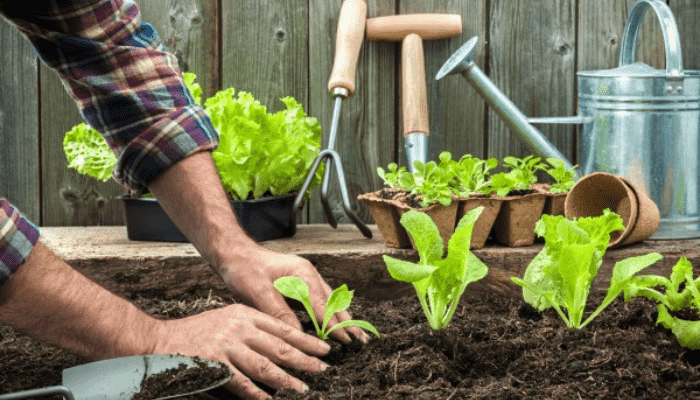
The Science Behind It
Understanding the science behind kitchen composting unveils the fascinating processes that transform everyday kitchen scraps into a nutrient-rich amendment for the soil. This natural recycling method not only diverts waste from landfills but also enriches the soil, supports plant growth, and mitigates climate change. Delving into the microbiological and chemical foundations of composting provides insight into how we can efficiently convert organic waste into garden gold.
The Basics of Composting
At its core, composting is a biological process where microorganisms, including bacteria, fungi, and other decomposers, break down organic matter in the presence of oxygen (aerobic decomposition). These microorganisms require carbon for energy and nitrogen for protein synthesis, which is why a balanced mix of ‘greens’ (nitrogen-rich materials) and ‘browns’ (carbon-rich materials) is crucial for effective composting.
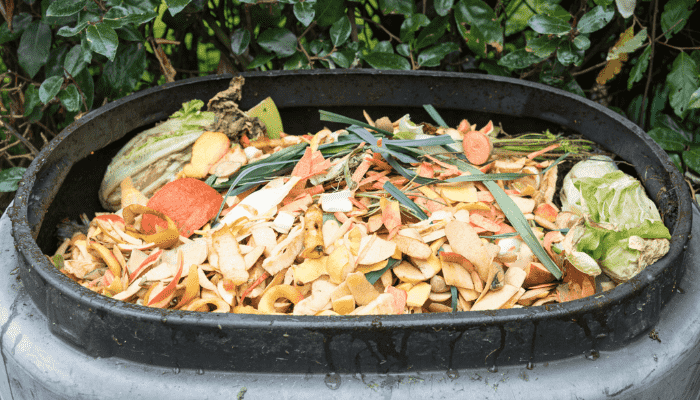
Microbial Activity and the Role of Oxygen
The decomposition process is primarily driven by aerobic bacteria. These bacteria thrive in oxygen-rich environments and work most efficiently when the compost pile has a balanced ratio of carbon and nitrogen. Oxygen is vital for their metabolic processes, as it helps them convert organic materials into carbon dioxide, water, and heat. Turning the compost pile introduces oxygen, which accelerates the decomposition by encouraging aerobic activity and preventing the development of anaerobic conditions that can slow down the process and produce foul odors.
Temperature: The Indicator of Composting Progress
As microorganisms break down organic matter, they generate heat, causing the temperature within the compost pile to rise. The temperature of a compost pile is a key indicator of microbial activity. In the initial stages, mesophilic bacteria (which operate in moderate temperatures) start the decomposition process. As they consume the readily available materials, they generate heat, which increases the pile’s temperature and makes it a suitable environment for thermophilic bacteria. These high-temperature bacteria continue the decomposition process, breaking down tougher materials like cellulose and fats.
This phase is crucial for sanitizing the compost, as the high temperatures kill off pathogens and weed seeds. Eventually, as the thermophilic bacteria exhaust the available materials, the pile’s temperature drops, and mesophilic microorganisms return to complete the process, transitioning the compost into its curing phase.
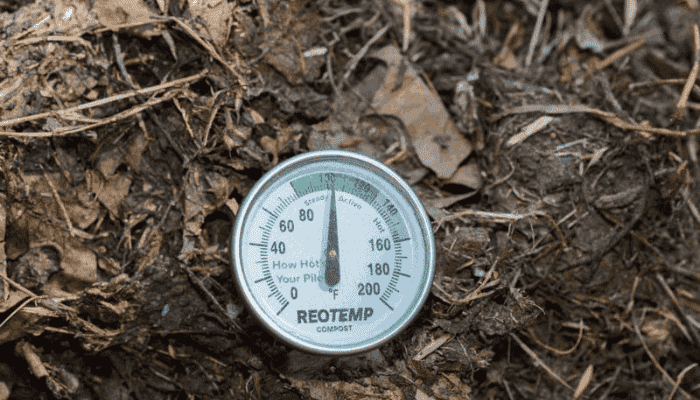
Moisture and Aeration: Balancing Act for Microbial Health
Moisture is a vital element in the composting process. Microorganisms require water to
survive, but too much moisture can fill the air spaces in the pile, creating anaerobic conditions. The ideal moisture level is around 50-60%, similar to a wrung-out sponge. This level supports microbial life without suffocating the pile. Regular turning of the compost pile not only distributes moisture and introduces oxygen but also ensures that materials decompose evenly.
The Chemistry of Composting
Composting also involves a complex interplay of chemical processes. As organic matter decomposes, microorganisms produce enzymes that break down complex molecules into simpler substances. For example, cellulose and lignin from plant cell walls are broken down into sugars and phenols, respectively. Nitrogenous compounds are converted into ammonium, which microbes can use to produce amino acids and proteins.
The composting process also mobilizes nutrients, making them more available to plants. For example, phosphorus is released from organic matter in a form plants can absorb. Similarly, the decomposition process increases the soil’s cation exchange capacity (CEC), improving its ability to hold onto essential nutrients like potassium, calcium, and magnesium.
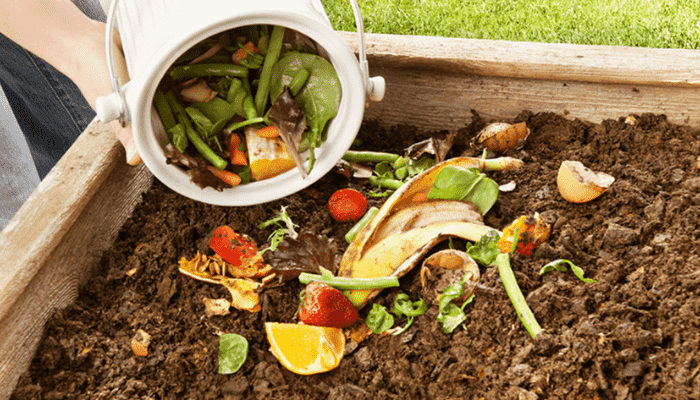
Environmental Impact and Sustainability
Beyond its immediate benefits for the garden, composting has a broader environmental impact. By diverting organic waste from landfills, composting reduces methane emissions, a potent greenhouse gas. Additionally, enriching soil with compost promotes healthier plant growth, which can increase carbon sequestration in the soil, contributing to the mitigation of climate change.
Moreover, composting supports the principles of a circular economy, where materials are reused and recycled, minimizing waste and resource consumption. It embodies the concept of returning to the earth what came from it, creating a sustainable loop that benefits both the environment and human society.

Cultivating a Greener Tomorrow Through Composting
Kitchen composting is more than just waste reduction; it’s a step towards a more sustainable and fulfilling way of life. By turning our scraps into soil, we close the loop in our food cycle, enrich our gardens, and take tangible action against climate change. The process is simple, the benefits manifold, and the satisfaction of contributing to a healthier planet, immense.
Start small, be patient with the process, and watch as your kitchen waste transforms into garden treasure. Happy composting!


